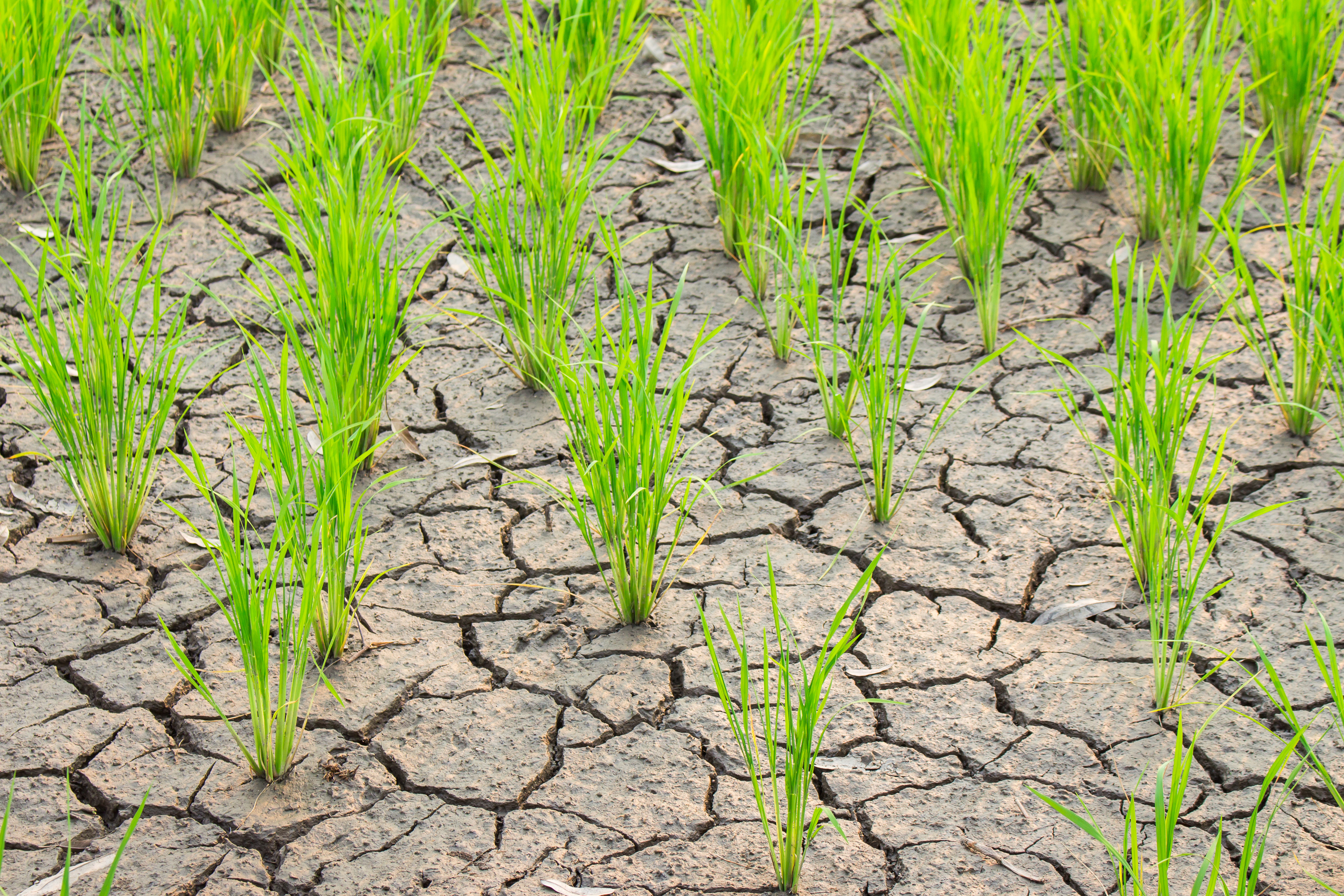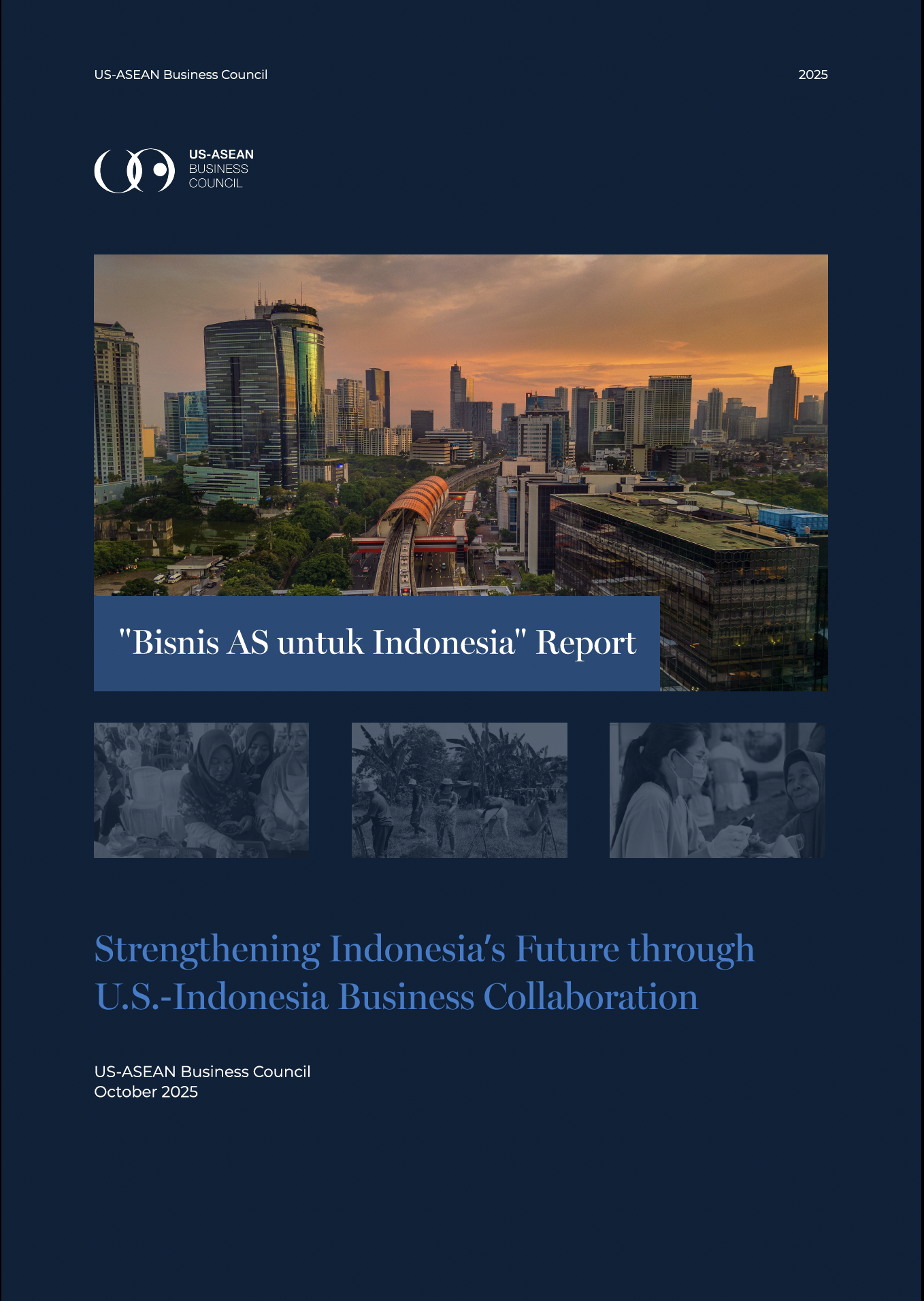Heat-Proofing Crops for Southeast Asia’s Scorching Summer

Since April, Southeast Asia has endured record-breaking heat waves due to climate change, forcing farmers to heat-proof crops and livestock. Scientists at the National Oceanic and Atmospheric Administration in the United States declared the arrival of El Niño, a weather pattern that will intensify heat in Southeast Asia. The extreme heat threatens the agriculture sector: rice prices in Indonesia have increased by 16% due to prolonged dry weather, low water levels in Vietnam have killed 200 tonnes of fish in the Dong Nai province, and yields in Thailand may increase farmers’ debt by 8%. The Thailand Ministry of Agriculture and Cooperatives estimated a decline in rice production of up to 6%for the 2023-24 harvest season, a serious concern for one Asia’s major rice exporters.
To combat threats from rising temperatures, scientists in Southeast Asia have sought to develop heat-resistant crops. The International Rice Research Institute (IRRI) in the Philippines leads research on more productive and resilient rice varieties to ensure regional food security. Researchers found that for every one-degree increase in minimum temperature, rice yield declines by 10%. Farmers are advised to use heat-tolerant rice varieties such as the Nagina22 (N22). Experts also suggest using agrivoltaics, integrating aquaculture and photovoltaic (PV) systems to boost food production, leverage clean energy, and protect plants and animals from extreme heat through partial shade.








